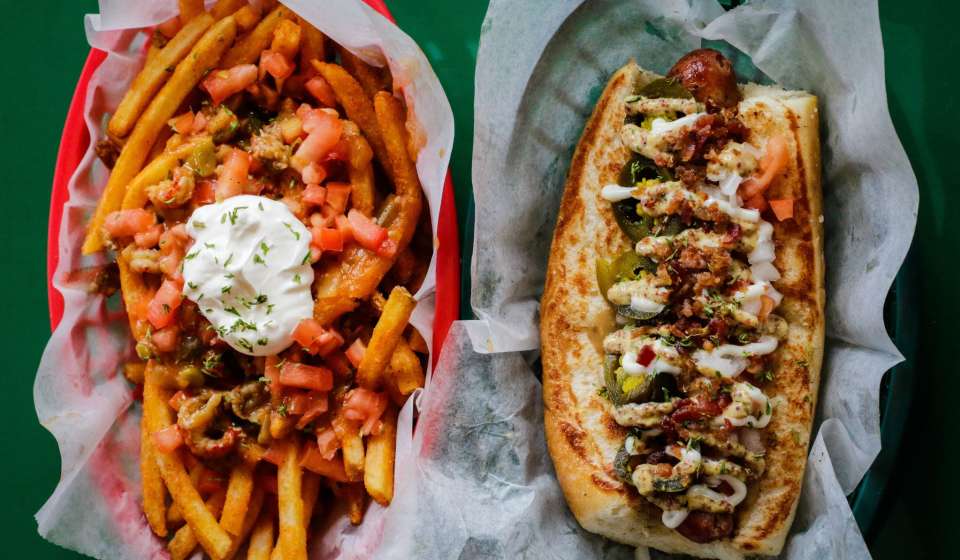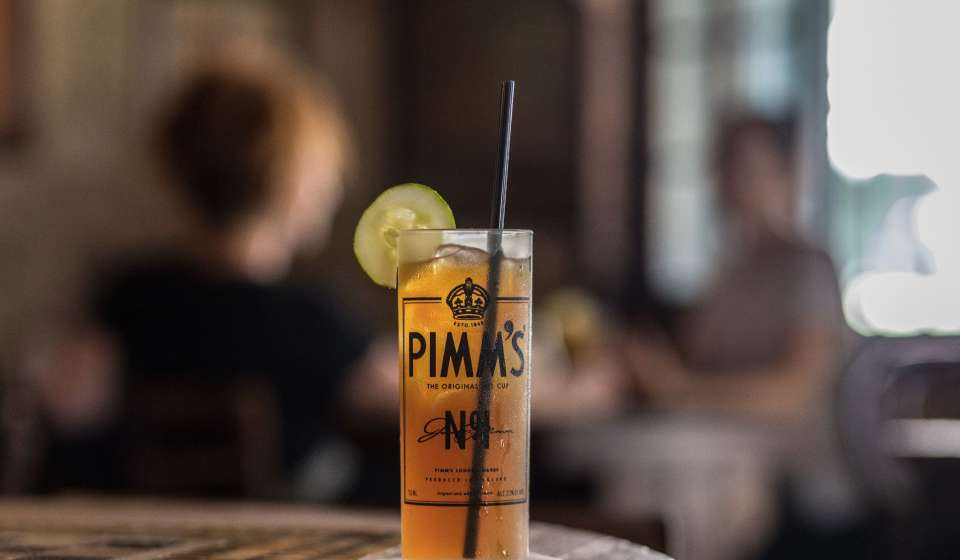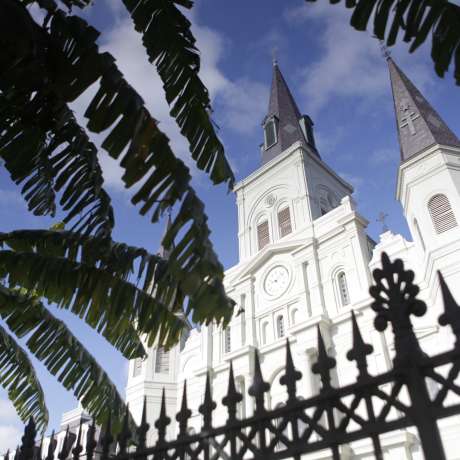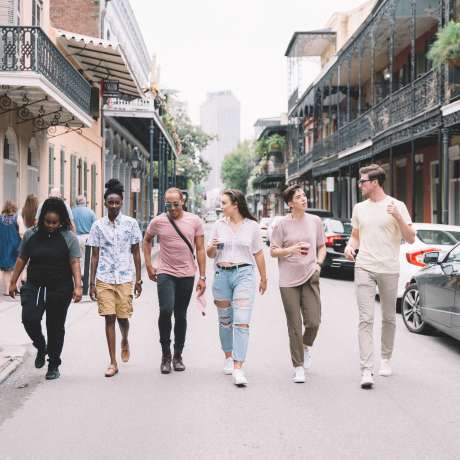
-
Wedding Tools
- Complimentary Planning Assistance
- Destination Wedding Guide Digital Copy
- Elopement Packages
- Marriage License & Legal Essentials
- Checklist
- Welcome Bag Ideas
- Second Lines
- The History of Wedding Umbrellas and More in New Orleans
- Wedding Cake Pulls
- Destination Wedding Guide Printed Copy
- Wedding Inspiration
-
Venues
-
Vendors
-
Pre & Post Wedding
- Wedding Inspiration
- Contact Us
-
Why New Orleans Is Built To Host
- Hotels
-
Meeting & Event Venues
-
Services & Planning Tools
-
Group PR & Marketing Tools
- Convention Calendar
- Testimonials
- Awards
-
Online RFP
- Availability Grid
- Contact Us
Menu
-
Things to Do
-
Eat
-
Drink
-
Stay
- Book a New Orleans Hotel
- Hotel Directory
- Bed And Breakfasts: Hotels - New Orleans & Company
-
Places To Stay: New Orleans Hotels - New Orleans & Company
- Saint Charles Avenue Hotels
- Luxury Hotels
- Garden District Hotels
- French Quarter Hotels and Lodging
- Downtown/Central Business District Hotels and Lodging
- Bourbon Street Hotels
- Green Hotels
- Bourbon Street Balcony Hotels - New Orleans & Company
- Haunted Hotels in New Orleans
- Pet-Friendly Hotels
- Historic Hotels
-
Calendar
-
Trip Planning Tools
- Insider's Blog
- LOVENOLA.TV 24/7 Broadcast
-
Weddings
-
Wedding Tools
- Complimentary Planning Assistance
- Destination Wedding Guide Digital Copy
- Elopement Packages
- Marriage License & Legal Essentials
- Checklist
- Welcome Bag Ideas
- Second Lines
- The History of Wedding Umbrellas and More in New Orleans
- Wedding Cake Pulls
- Destination Wedding Guide Printed Copy
- Wedding Inspiration
-
Venues
-
Vendors
-
Pre & Post Wedding
- Wedding Inspiration
- Contact Us
-
Wedding Tools
-
Meeting Planners
-
Why New Orleans Is Built To Host
- Hotels
-
Meeting & Event Venues
-
Services & Planning Tools
-
Group PR & Marketing Tools
- Convention Calendar
- Testimonials
- Awards
-
Online RFP
- Availability Grid
- Contact Us
-
Why New Orleans Is Built To Host
-
Groups
-
Travel Professionals
-
Membership
-
Press and Media
- Community
Booking
>
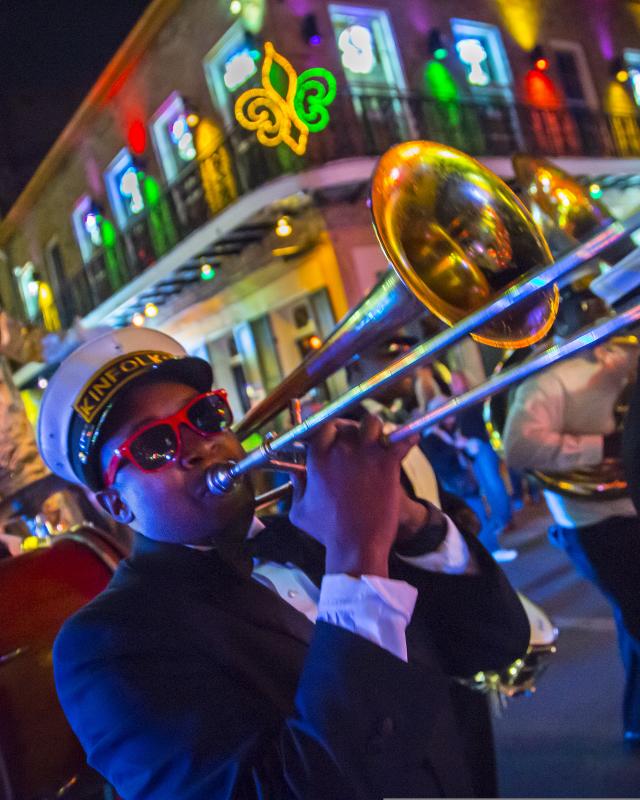

x
Did You Know | New Orleans Facts
New Orleans has 300+ years of history. Learn some interesting facts below.
The Origin of New Orleans Jazz & Heritage Festival
- While small festivals were being held throughout the 1960s in New Orleans, city leaders wanted to create a larger, jazz-centric festival to rival the massive music fests happening around the country.
- Many attempts were made, but it wasn’t until the New Orleans Hotel Motel Association formed the New Orleans Jazz & Heritage Foundation in 1970 that the creation of such a festival in New Orleans became a reality. The foundation’s board hired George Wein, a well-known large-scale fest producer, to assemble a team and bring the festival to life.
- The first New Orleans Jazz & Heritage Festival took place on April 22, 1970, in what is now Louis Armstrong Park. It cost $3 to get in and about 350 people attended.
- In 1972, the festival moved to its current home, the Fair Grounds. By 1975, there were 80,000 attendees, and by 1978, Jazz Fest took place over two weekends.
- Today, “Jazz Fest” employs thousands of musicians, volunteers, and employees. It brings in hundreds of thousands of attendees and numerous food and art vendors over two weekends in April and May.
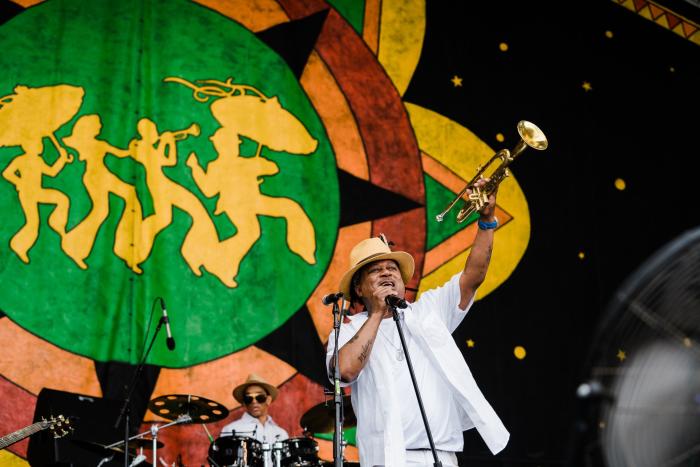
New Orleans is the Birthplace of Jazz Music
- New Orleans is known as the birthplace of jazz. This used to be debated by other cities such as New York and Chicago; however, it was settled in 1978 after the publication of Historian Don Marquis’ book, “In Search of Buddy Bolden: First Man of Jazz.”
- The New Orleans native, Charles “Buddy” Bolden, was instrumental in the early development of what later became known as jazz. He is credited with creating a loud, more improvised version of ragtime, by adding the blues, gospel, and marching-band music. He rearranged the typical New Orleans dance band of the time: making string instruments the rhythm section, and front-line instruments the clarinets, trombones, and Bolden's cornet.

New Orleans Chicory Coffee & Beignets
- The French brought coffee with them as they began to settle along the Gulf Coast and the Mississippi River in the 1700s.
- During the American Civil War, there was a coffee shortage so New Orleans Creoles began mixing chicory, the root of the endive plant, with coffee to increase the supply.
- The Acadians (Cajuns) from Nova Scotia, Canada brought other French customs, such as the beignet, to Louisiana in the 18th century.
- Chicory-blended coffee and beignets are still served in New Orleans today at Café Du Monde and other restaurants around the city.
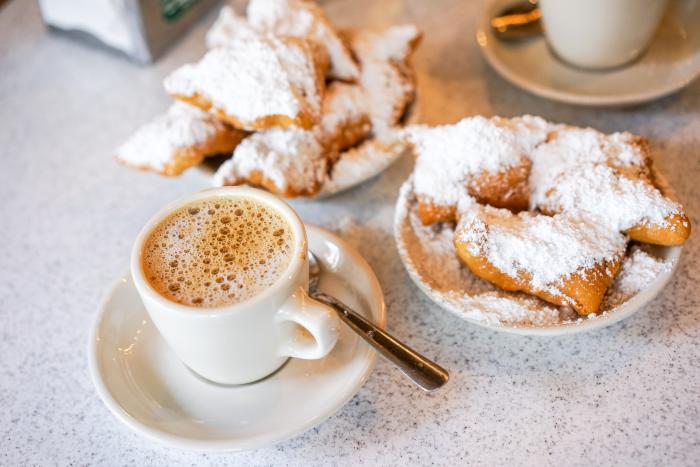
The Origin of the Po-boy
- The po-boy sandwich originated in 1929 at the Martin Brothers’ French Market and Coffee Stand in New Orleans when the Electric Street Railway employees went on strike, and the Martin brothers gave away sandwiches to the strikers.
- When a striker came by to get a sandwich, the Martin brothers would call out, “here comes another poor boy.” That’s how this New Orleans classic became known as the “poor boy” and was later abridged to “po-boy.”
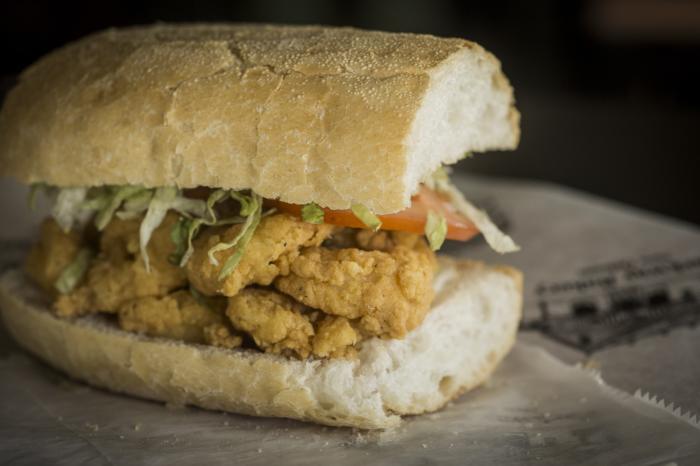
The Second Line Tradition
- The Second Line tradition was brought to New Orleans by enslaved Africans, where it became a processional ritual for Africans in America.
- The Second Line's style of traditional dance, in which participants dance and walk along in a free-form style with parasols and handkerchiefs, is called "second-lining".
- The "main line" or "first line" is the front section of the parade, including the band and hosts, with the “second line” consisting of people who follow the band to enjoy the music, dance, and engage with the community.
- Today, second lines are part of the cultural heritage of New Orleans, and they can be found on any street in the city as well as at funerals, weddings, and other big gatherings.
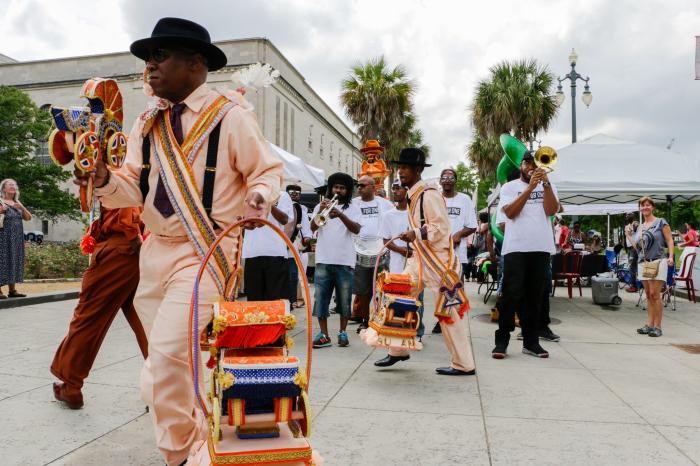
More Resources
-
Contact Us
New Orleans & Company's Tourism Sales Staff is expert in all things New Orleans.
-
Online RFP
Allow the professional staff of New Orleans & Company to assist in contacting hotels, venues and more for your group accommodations of 10 rooms or more.
-
Advisor Toolkit
Know your NOLA to be able to advise others.


